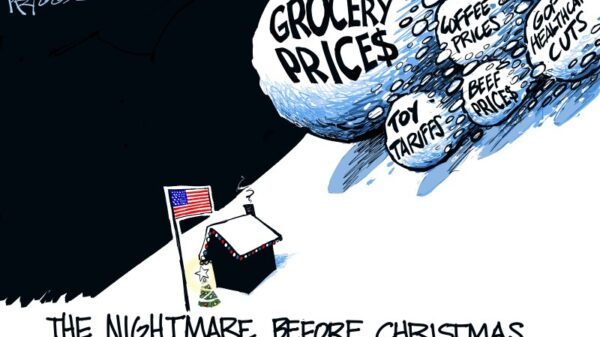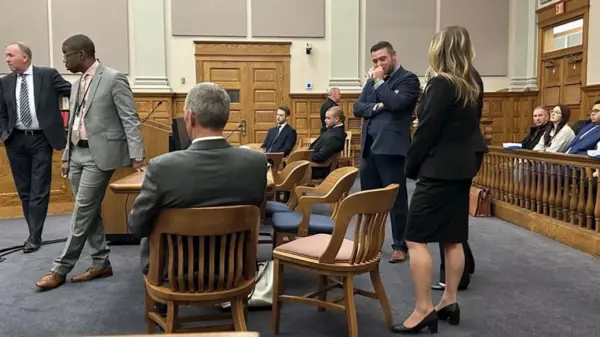Ethan Hawke’s latest project, the FX series The Lowdown, delves into the complex and often painful history of Tulsa, Oklahoma, through the eyes of a journalist named Lee Raybon. As a self-described “truthstorian,” Lee is committed to uncovering the realities behind the powerful Washburg family, who have deep roots in the city. The series, while featuring moments of levity, presents a neo-noir narrative that confronts some of the darkest chapters of American history.
Exploring Tulsa’s Historical Trauma
In his investigation, Lee uncovers the traumatic legacy of the Trail of Tears, a harrowing period during the 1830s when over 100,000 Indigenous people were forcibly relocated to Indian Territory. This event led to the deaths of more than 15,000 individuals, with the Cherokee and Seminole tribes being among the most affected. Notably, series creator Sterlin Harjo, a member of the Seminole tribe, emphasizes the resilience of these communities. In a discussion with Variety, he remarked, “Those tribes rebuilt, and those tribes are thriving now. So as much as it is a story touching on darkness, it’s also about survival in Oklahoma and in Tulsa.”
The narrative also addresses the infamous Tulsa Race Massacre of 1921, one of the most devastating incidents of racial violence in U.S. history. A white mob attacked the affluent Black neighborhood known as Black Wall Street, resulting in the destruction of over 35 city blocks and the deaths of more than 300 people. Despite its magnitude, this massacre remained largely unacknowledged in historical accounts, leaving many unaware of its significance.
Systemic Racism and Its Modern Implications
The series illustrates how the echoes of these historical events continue to impact the lives of Tulsa’s residents today. In the first episode, Lee confronts affluent white business figures engaged in gentrification efforts that threaten the homes and businesses of Black and Indigenous people. This modern-day struggle highlights the ongoing ramifications of systemic racism, which, although more insidious, remains pervasive.
Lee’s encounters with two Neo-Nazis reveal the deep-seated white supremacy still present in Tulsa. These characters, although not wealthy, exhibit a sense of superiority over people of color, reflecting a mindset that has long fueled racial violence. Additionally, two Indigenous characters share their experiences with incarceration, underscoring the generational impact of oppression on Native communities.
By weaving these historical and contemporary issues into its narrative, The Lowdown achieves a level of authenticity that resonates with viewers. The show introduces characters like Dale Washburg, who aspires to political power while perpetuating a system that marginalizes communities of color. Such portrayals ground the series in a reality that feels both chilling and compelling.
As the season progresses, audiences await to see what further revelations await Lee as he digs into the Washburg family’s connections to Tulsa’s darker history. Harjo, reflecting on the importance of confronting this past, stated, “That truth and being honest with your past is healing, and it brings a community back together and wakes people up.”
The ongoing exploration of these themes in The Lowdown invites viewers to reflect on how historical injustices shape current realities and emphasizes the necessity of acknowledging the past for the sake of healing and progress.
With several episodes remaining in the season, the potential for deeper revelations promises to engage audiences further, while also addressing the critical need for awareness and understanding of America’s troubled history.






































































